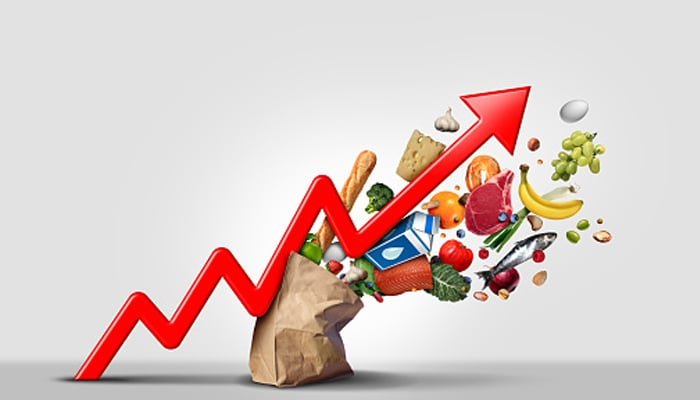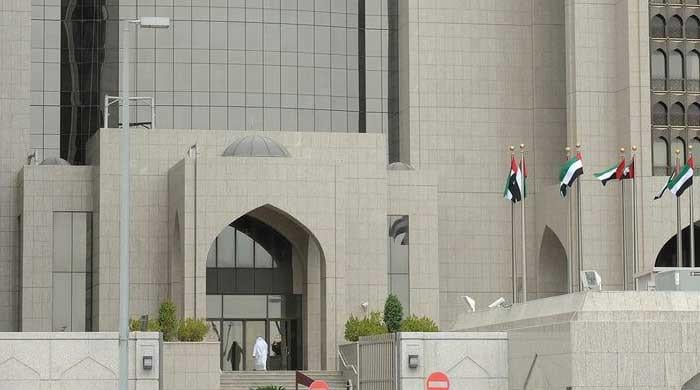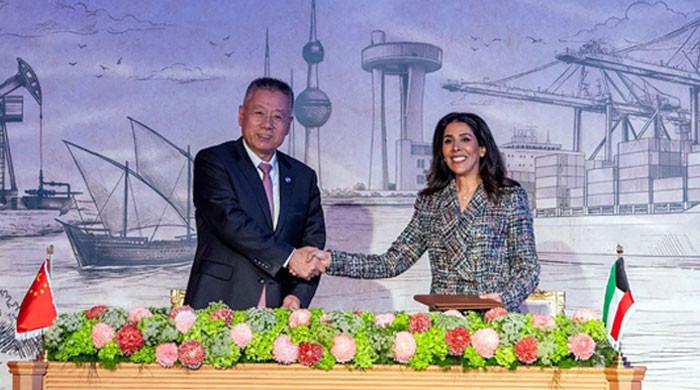World economy hit by inflation, interest rate shock with no sign of abating: IIF
Global economy has been hit by rising inflation and an interest rate shock that has shown no signs of declining
June 20, 2022

The Institute of International Finance (IIF) has said that the global economy has been hit by rising inflation and an interest rate shock that has shown no signs of declining, bne IntelliNews reported.
“We are in a global interest rate and high inflation shock. Longer-dated government bond yields have risen sharply across advanced economies, tightening financial conditions, weighing on growth, and pushing up risk aversion,” IIF Managing Director Robin Brooks said in a note along with economists Jonathan Fortun and Jack Pingle.
“This is also weighing on flows to emerging markets, with our high-frequency flow tracking across the world’s biggest EMs registering outflows similar in scale to the RMB devaluation scare in 2015 and 2016," Brookes said.
Inflation has hiked in markets around the developing and the developed world alike, according to the publication.
Read more: Inflation, subsidy reform hit stomachs in isolated Iran
Inflation is also starting to run out of control, according to the publication, in the Central European markets, with sharp monetary policy rate increases in those countries failing to reduce inflation’s “explosive growth”.
Czechia, Moldova, Slovakia, Romania, Poland, and Bulgaria, among others, are witnessing double-digit rates of inflation.
The reason for the hike in inflation has been blamed on the supply chain disruption caused due to the coronavirus pandemic and then further intensified due to the food shock as a result of the Russia-Ukraine war.
As a result, the World Bank lowered the global economic outlook in May to 2.9% for this year and warned that the world was facing a “real danger of stagflation”.
But IIF noted that the world is not there yet. According to bne IntelliNews, the Emerging European countries have negative interest rates in the single digits, meaning that their central banks can still control inflation by hiking interest rates aggressively.
“All that said, we are not that bearish on EM. Most of the big emerging markets started hiking well ahead of advanced economies, which now leaves real longer-term interest rates across many EMs well above their G10 counterparts,” Brookes said. “That provides some protection from this global interest rate shock.”
“There are obviously pockets of weakness in EM – where real interest rates are deeply negative – and risks for these countries are rapidly mounting. We see these instances as idiosyncratic, however, and not emblematic of a broader emerging markets problem,” Brookes said.
The ongoing global inflation is the most serious since the 1970s, as pointed out by both the World Bank and IIF reports, but despite that, the central banks are more equipped to deal with it.
Read more: Weekly inflation spikes to 14-year high
“The world is experiencing one of the biggest interest rate shocks in recent memory. That’s not quite so obvious looking at longer-dated nominal interest rates, but is very clear looking at real yields, which have risen substantially,” the IIF’s managing director said.
“The real 10-year Treasury yield in the US is up from -1.1% at the end of last year to +0.7% now, a bigger rise than during the 2013 “taper tantrum.” Higher-debt countries are getting hit even harder. Italy’s real 10-year yield has risen from -0.7% at the end of 2021 to 1.8% now, a very sharp – if orderly – repricing.”
Increasing policy rates in developed countries is “bad news” for emerging markets as it deprives them of money.
“Interest rate shocks therefore historically have generated outflows from EM and this is indeed what we are seeing,” Brookes said.
Read more: Americans feel the heat as US annual inflation posts largest gain since 1981
“Our high-frequency tracking of non-resident portfolio flows across some of the biggest emerging markets is seeing outflows that are comparable in scale to the 2015/6 RMB devaluation scare, with outflows concentrated on non-China EM."
"Meanwhile, flows to China have resumed so far this quarter, though they are weaker than in the past, something that dates back to the start of the war in Ukraine.”









